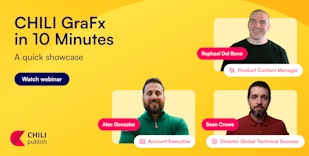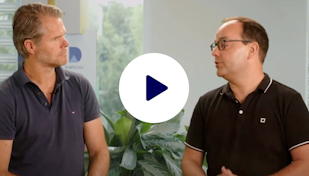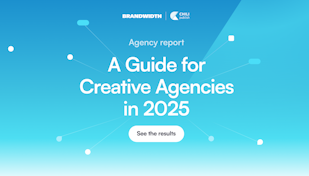#programmerday – building a community one commit(ment) at a time

"Technology, frameworks and modules all working together to create powerfull applications and user experiences."
Last year I was invited to give a presentation to Graphic Arts students at the Artevelde Hogeschool in Belgium on whether or not print was dead. An interesting discussion, but I wanted it to rise above the hypothetical level. On the brink interface between the virtual and the real world is where my drive thrives.
So I put the digitalizing of the prepress premedia world into practice. I captured tweets, translated them into a print-ready PDF and printed it live onto print labels. A personal memento at the push of a tweet. And since we were in college, we put the label onto a good beer. Our own – the award winning brewery Den Triest customized a blend for us with black pepper. A spicy touch that spinned off into our Spicy Beer Company marketing campaign.
Recently, we’ve expanded this into a #web2pack campaign we launch on special occasions. It’s becoming our thing and people love it. And it’s our integration technology that makes the love happen. It’s coding and API and all the little things our development team has committed to over the years. Marketing and sales keep putting it into the market, development makes sure it stays a technology frontrunner in the market.
- Design an adjustable label and have a professional do it. No limits in the InDesign file, just inform them on the parts that need to be adjustable.
- Convert into a CHILI publisher document and create the variables.
- Hook up with the Twitter API.
a. Beware of security issues – create tokens that are Twitter verified. - Write the code and connect to Twitter.
a. We read the last 100 tweets using #web2pack. - These tweets are temporarily stored in a database. We store the tweet ID (a unique number, referencing the actual tweet), the tweet text, the username and 2 statuses.
- Other software code reads the database to check for unprocessed tweets.
- Every record is now picked up, and the information from the database (username and tweet) is sent to the CHILI publish API.
- The label and its variable information is processed. You hook your code up to the CHILI publisher server via the SOAP API. In order to pass to CHILI publisher, you’ll need the document ID, a unique identifier that serves as your reference. A copy will be made and you get a new ID, so your code can work on the unique document for that tweet.
a. The API processes the copy and image of the tweet and inserts this as variables in the template document. Added bonus: the copyfitting feature helps you out with copy that’s too long. - Create the PDF.
a. ID the copied document.
b. Use the reference to the setting on how to create the PDF. Tell CHILI publisher what you will use the PDF for.
c. Print production preparations come in automatically – that means adding crop marks to make life easier for the printer. - Ouput the PDF – Print time
a. Send it to a Hot folder on the computer – have Enfocus Switch pick it up and ship it off to the printer. - Feed your printer.
a. Pre-die-cut sticker that matches the size of the labels of your beer bottle. - Paste the label.
- Hand out the personalized beer bottle.
- Cheers!
Product
Bram Verniest
Sep 13, 2017


